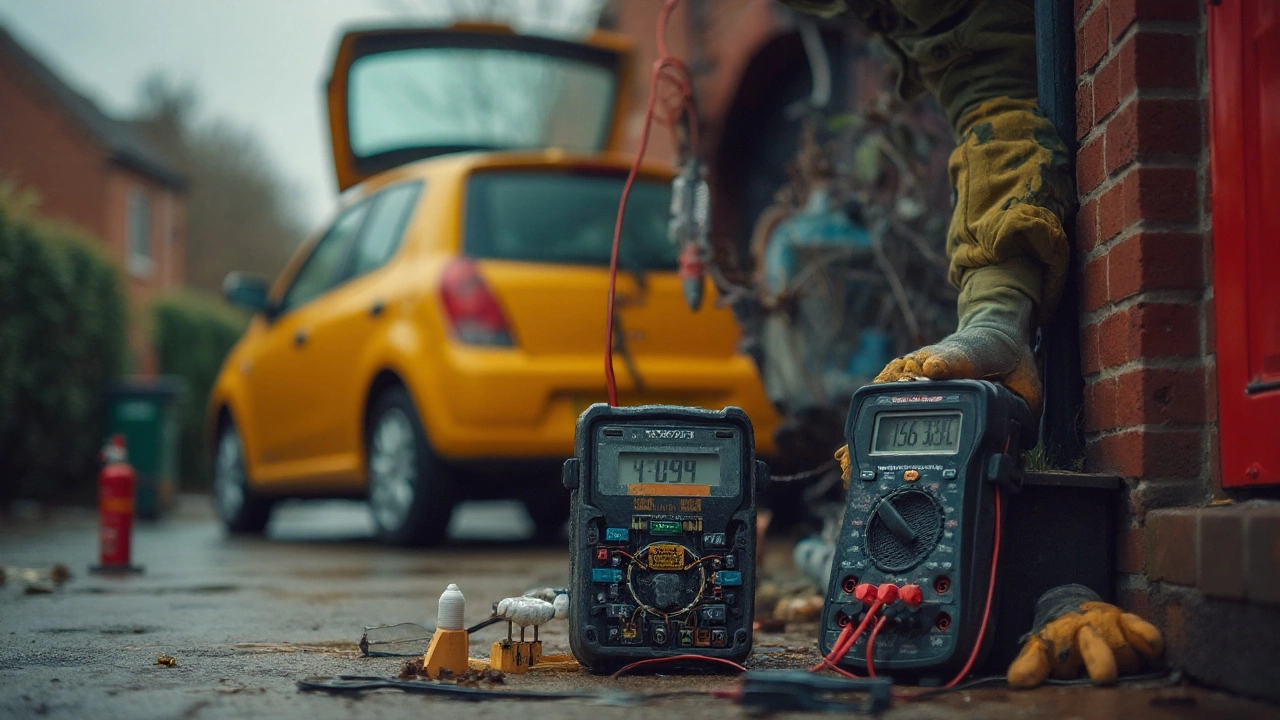Fuel Pump Relay: How It Works and Why It Matters
When working with fuel pump relay, a compact electrical switch that powers the fuel pump when the engine control unit tells it to. Also known as fuel pump control relay, it acts as the bridge between the battery’s voltage and the fuel pump, delivering the fuel your engine needs to fire. The engine control unit (or ECU) sends a low‑current signal to the relay, telling it to close the contact and let high‑current flow to the pump. A reliable fuel pump relay therefore depends on a sturdy wiring harness that can handle the surge and on a healthy ignition system that initiates the whole process. If any link in this chain fails, you’ll see symptoms like a no‑start condition, rough idle, or intermittent loss of power – classic signs that the relay or its supporting components are at fault.
Key Components and Common Issues
The fuel pump relay encompasses several critical parts: the coil that receives the ECU’s command, the contacts that open and close, and the housing that protects everything from moisture and vibration. A weak coil can’t generate enough magnetic force, so the contacts stay open and the pump never receives power. Corroded contacts add resistance, causing the pump to run weakly or overheat. In many UK cars, the relay sits in the main fuse box, making it easy to pull out for testing – a simple beep from a multimeter can confirm whether the coil is alive. When the wiring harness suffers chafing or broken pins, the signal never reaches the relay, leading to a dead pump despite a perfectly good relay. Similarly, a failing ECU can send inconsistent signals, making the relay appear erratic. Diagnosing these problems usually follows a logical flow: check for fuel pressure, listen for the pump’s whine when you turn the key, test the relay’s coil resistance, then inspect the harness and ECU connectors. Replacing the relay is often as cheap as buying a new unit, but if the underlying issue is a frayed harness, the new part will fail just as quickly.
Understanding how these pieces fit together lets you pinpoint the exact cause before you order any parts. In the collection below you’ll find step‑by‑step guides on testing coil resistance, swapping a bad relay, checking fuel pressure, and troubleshooting ECU signals. Whether you’re a DIY enthusiast or just want to know what a mechanic is talking about, the articles ahead break down each symptom, tool, and fix in plain language so you can get your vehicle back on the road with confidence.

How to Fix a Fuel Pump Without Replacing It: Proven DIY Diagnostics and Quick Wins
Sep 5 2025 / Fuel PumpsPractical ways to revive a failing fuel pump without replacing it-diagnostics, relay, wiring, filters, pressure tests, and safe fixes. UK-focused, step-by-step.
VIEW MORE